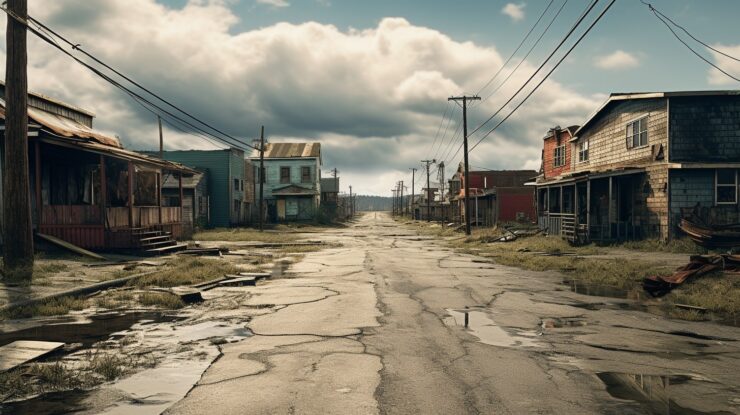Europe is the second smallest continent, covering an area of 10.18 million square kilometers. It’s situated mainly in the Northern and Eastern Hemispheres.
There are 50 countries in Europe according to the United Nations. But some lists include places that aren’t officially recognized as countries by the U.N. For instance, while many see Kosovo as independent, others view it as part of Serbia. Similarly, Greenland and the Faroe Islands are large territories linked to Denmark but have their own governance.
The European Union’s economy is one of the world’s top three, alongside the U.S. and China. While some European countries, like Germany, are among the world’s richest, there’s a wide economic gap in Europe.
While some European countries, like Germany, are among the world’s richest, there’s a wide economic gap in Europe. Interestingly, while some nations in Europe struggle economically, there are others that stand out as the wealthiest nations globally.
Eastern European nations, especially those impacted by the Soviet Union’s collapse, are generally less wealthy.
How to Determine a Nation’s Wealth
The wealth of a country is often gauged using the Gross Domestic Product (GDP). This key figure represents the total value of goods and services produced over a specific time period within a nation’s borders.
To get a clearer picture of the average wealth of each citizen, experts also look at the Gross National Income (GNI) per capita. This metric helps show how the overall wealth is distributed among the population.
Top 10 Poorest Countries in Europe (by 2020 GNI per capita, Atlas method, current US$)*

- Ukraine – $3,540
- Georgia – $4,290
- Kosovo (partially recognized) – $4,440
- Moldova – $4,570
- Albania – $5,210
- North Macedonia – $5,720
- Bosnia And Herzegovina – $6,090
- Belarus – $6,330
- Serbia – $7,400
- Montenegro – $7,900
Top 10 Poorest Countries in Europe
1. Ukraine
- GNI per capita: $3,540
- Historical Context: Once a powerhouse within the USSR, Ukraine’s transition to an independent nation was marred by economic challenges.
- Major Issues: Corruption within the government, ongoing conflicts with Russia, and an underdeveloped infrastructure have stymied its growth. The annexation of Crimea by Russia in 2014 further strained its economy.
- Future Outlook: With international support and potential reforms, Ukraine has the potential to leverage its vast agricultural and technological sectors.
2. Georgia

- GNI per capita: $4,290
- Geographical Significance: Nestled between giants like Russia and Turkey, Georgia’s strategic location has both benefits and challenges.
- Economic Reforms: Banking reforms and significant investments in education signal a positive trajectory.
- Tourism Potential: With its rich culture and scenic beauty, tourism can be a significant revenue source for Georgia.
3. Kosovo (partially recognized)
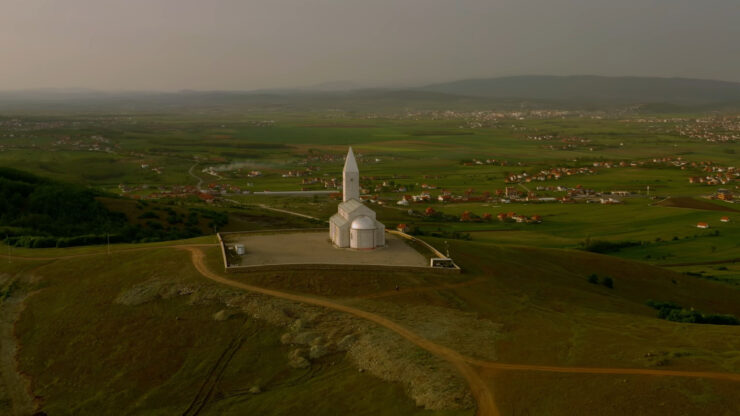
- GNI per capita: $4,440
- Political Status: The sovereignty of Kosovo remains a contentious issue, with some recognizing it as independent and others viewing it as part of Serbia.
- Economic Struggles: High unemployment rates and a significant portion of the population living below the poverty line are pressing concerns.
- Future Prospects: International investments and a focus on sectors like mining could boost its economy.
4. Moldova
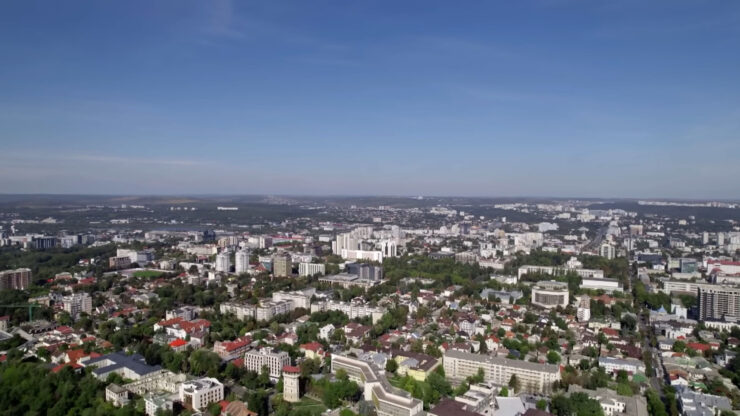
- GNI per capita: $4,570
- Post-USSR Challenges: Political instability and economic decline marked its early years of independence.
- Agricultural Strength: Moldova’s wine industry and other agricultural products offer avenues for growth.
- European Aspirations: Closer ties with the EU could provide economic opportunities.
5. Albania
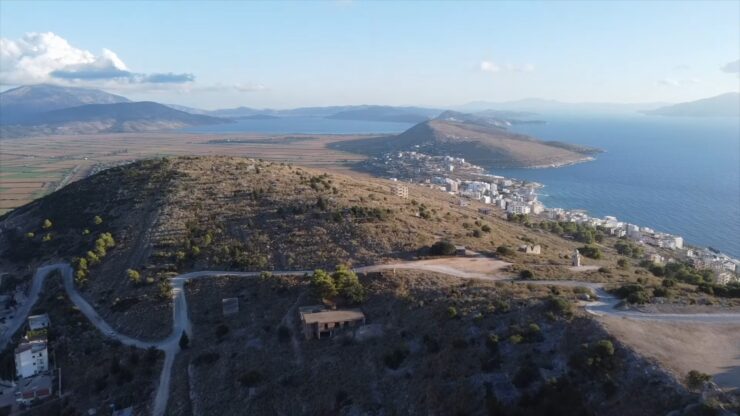
- GNI per capita: $5,210
- Transition Phase: Moving from a socialist setup to a capitalist market was challenging.
- Natural Resources: Albania’s wealth in oil, natural gas, and minerals can be pivotal for its growth.
- Tourism Potential: Its Adriatic coastline is a growing attraction for tourists.
6. North Macedonia

- GNI per capita: $5,720
- Trade-Centric Economy: Trade forms the backbone of its economy.
- Challenges: Despite governmental policies, unemployment remains a significant concern.
- EU Accession: Efforts to join the EU could provide an economic boost.
7. Bosnia and Herzegovina
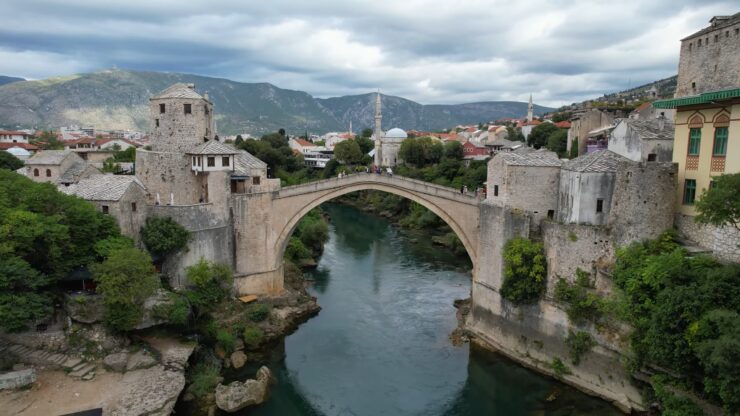
- GNI per capita: $6,090
- War Aftermath: The devastating war in the 1990s still impacts its economy.
- Recovery Efforts: International aid and a focus on sectors like tourism are aiding recovery.
- Socio-Economic Disparities: Gender and ethnic-based disparities remain challenges.
8. Belarus
- GNI per capita: $6,330
- Soviet Legacy: Post-USSR economic challenges were significant.
- Economic Recovery: The focus on sectors like agriculture and manufacturing has aided growth.
- Political Climate: Political stability will be crucial for its future economic trajectory.
9. Serbia
- GNI per capita: $7,400
- 2008 Recession: The global economic downturn severely impacted Serbia.
- Industrial Strength: Sectors like food and energy production are driving its economy.
- EU Prospects: Potential EU membership could offer economic opportunities.
10. Montenegro

- GNI per capita: $7,900
- Economic Reliance: The country heavily depends on energy industries.
- Environmental Concerns: Urban expansion and deforestation pose challenges.
- Tourism: Its Adriatic coast is a significant attraction, offering potential for economic growth.
Each of these countries, despite their challenges, holds unique potential and opportunities for growth. International collaborations, reforms, and strategic investments can play a pivotal role in shaping their economic futures.
Post-WWII Recovery Initiatives
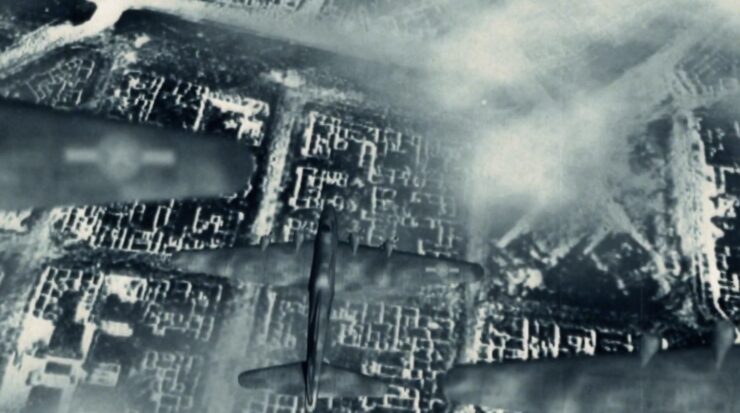
COMECON (Council for Mutual Economic Assistance):
- Formed by central and eastern European states under the influence of the Soviet Union.
- Aimed to promote economic collaboration among member states.
- However, its effectiveness was limited, and many of its member countries faced economic challenges.
European Recovery Program (ERP) or Marshall Plan:
- Funded by the United States, this plan provided financial aid to western European countries.
- The goal was to rebuild war-torn regions, remove trade barriers, and modernize industry.
- It played a crucial role in revitalizing the economies of recipient countries.
Organisation for European Economic Co-operation (OEEC):
- Established in 1948, its primary purpose was to administer the Marshall Plan.
- It later evolved into the Organisation for Economic Co-operation and Development (OECD), which now includes members from around the world and focuses on promoting policies to improve economic and social well-being.
European Coal and Steel Community (ECSC):
- Founded in 1951 by six European countries.
- Its objective was to regulate and control the production of coal and steel, two of the most vital resources for reconstruction.
- The ECSC laid the foundation for further economic integration, eventually leading to the formation of the European Union.
While western European countries benefited immensely from these initiatives, eastern European nations under COMECON lagged behind. The contrast in economic recovery strategies and outcomes between the East and West during the Cold War era played a significant role in shaping Europe’s political and economic landscape in the decades that followed.
For a deeper understanding of economic disparities on a global scale, you might want to explore the poorest countries worldwide.
After the collapse of the Soviet Union, many former COMECON countries gradually joined the European Union (though several are still struggling with high levels of poverty):
- East Germany in 1990
- Estonia, Latvia, Lithuania, Czech Republic, Hungary, Poland, Slovakia, and Slovenia in 2004
- Bulgaria and Romania in 2007
- Croatia in 2013
FAQs
How did the European Union evolve over time?
The EU began as a series of economic agreements post-WWII, starting with the ECSC, and gradually expanded its membership and scope, leading to the formation of the European Union as we know it today.
Why did some countries recover faster than others post-WWII?
Factors include the extent of war damage, the effectiveness of recovery programs like the Marshall Plan, political stability, and economic policies.
What role did the U.S. play in Europe’s post-WWII recovery?
The U.S. played a significant role through the Marshall Plan, providing financial aid to help rebuild war-torn European economies.
How have former Soviet countries fared economically since the USSR’s collapse?
While some, like the Baltic states, have seen significant economic growth after joining the EU, others still face challenges rooted in political instability and economic reforms.
What challenges do the poorest European countries face today?
Issues range from political instability, corruption, lack of infrastructure, to external conflicts and historical economic challenges.
How does the European Union support its economically weaker member states?
The EU has various funding programs and initiatives to support infrastructure development, economic reforms, and social programs in its less affluent member states.
Are there any new potential members for the European Union?
Several countries, including Turkey and some Western Balkan countries, are candidates or potential candidates for EU membership.
Final Words
Europe’s journey from the devastation of two World Wars to its current economic stature is a testament to the resilience, collaboration, and strategic vision of its nations.
While some countries have surged ahead, leveraging alliances and global partnerships, others still grapple with the shadows of their past. Yet, the overarching narrative is one of hope, progress, and a shared vision for a prosperous future.

